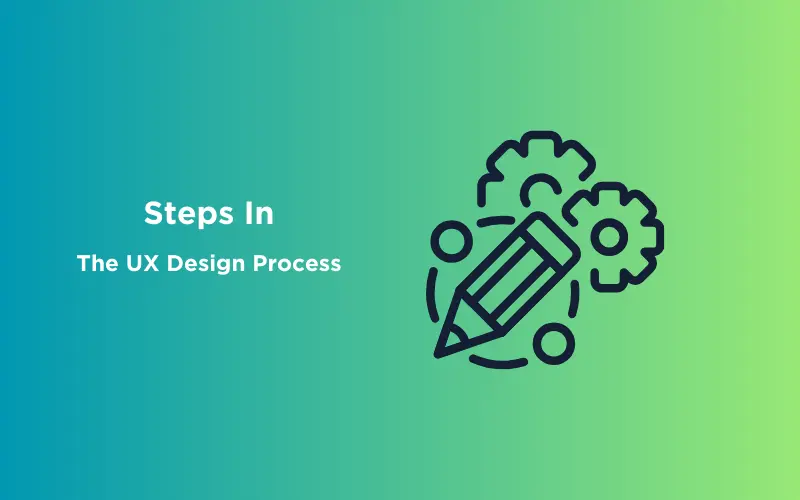Starting with UX design might be challenging, but the shift can be smooth and seamless if the right steps are taken.
Experienced UX designers are in demand as the area grows. UX design offers job progression, variety, and the possibility to work in innovative areas, including technology, finance, e-commerce, and digital media.
Career paths in UX design are more flexible. Designers can go from UI design to interaction design, research, senior design jobs, or management.
To make your way into the world of UX design easier, here are five essential steps.
Read also: Seven essential tools to launch and grow your startup
Beginner’s Guide to UX Design
Before getting into the details, it’s essential to understand the big ideas behind UX design. To do this, it is essential to understand basic ideas like value, user-centred design, and the importance of user study.
You can start by taking an online class from either Coursera or Udemy. Read books like Steve Krug’s “Don’t Make Me Think” to learn about design ideas.
Projects to Boost Your Skill Set
Being a UX designer cannot be accomplished only via theory. The trick is to practise. Starting with smaller tasks, like rebuilding an existing website or app, is an excellent place to start.
Tools such as Sketch, Figma, and Adobe XD are crucial when it comes to the process of developing prototypes and wireframes.
Use these tools to prototype and gather feedback from colleagues or potential consumers. Practical experience is crucial and helps you build a portfolio, which is required for job applications.
Build a Strong Portfolio
Promote your abilities and thought process with a well-curated portfolio. Add user research, wireframing, prototyping, and usability testing projects to demonstrate UX design. Narrate each project’s problem, solution, and conclusion. Stylish and user-friendly, your portfolio should showcase your design skills.
Connect with Industry Pros
Making connections can have a significant effect on your job change. Meetups, classes, and gatherings for UX designers are great places to get to know others in the field.
Join online groups like design Slack chats, UX boards, and LinkedIn groups. Networking can lead to job leads, the chance to learn from a guide, and information about trends in your field. Community participation also helps you learn about the newest UX design tools and methods.
Read also: 6 Prospective Grant Opportunities for African Startups
Seek Mentorship and Feedback
Discovering a mentor can help you advance more quickly along the learning curve. You can receive personalised guidance, positive evaluation of your work, and assistance in overcoming obstacles with the assistance of a mentor.
Mentorship opportunities for budding designers may be found on platforms like ADPList, which connects them with seasoned experts. Additionally, make it a habit to get feedback on your work periodically. Your abilities may be improved via constructive criticism, which also helps guarantee that you meet the industry’s standards.
A successful shift into UX design requires theoretical understanding, practical skills, an appealing portfolio, and strong business ties. If you know the basics, practise, build a portfolio, network, and have a mentor, you can succeed in user experience design. With dedication and the proper technique, you can master developing user-friendly interfaces that matter.














